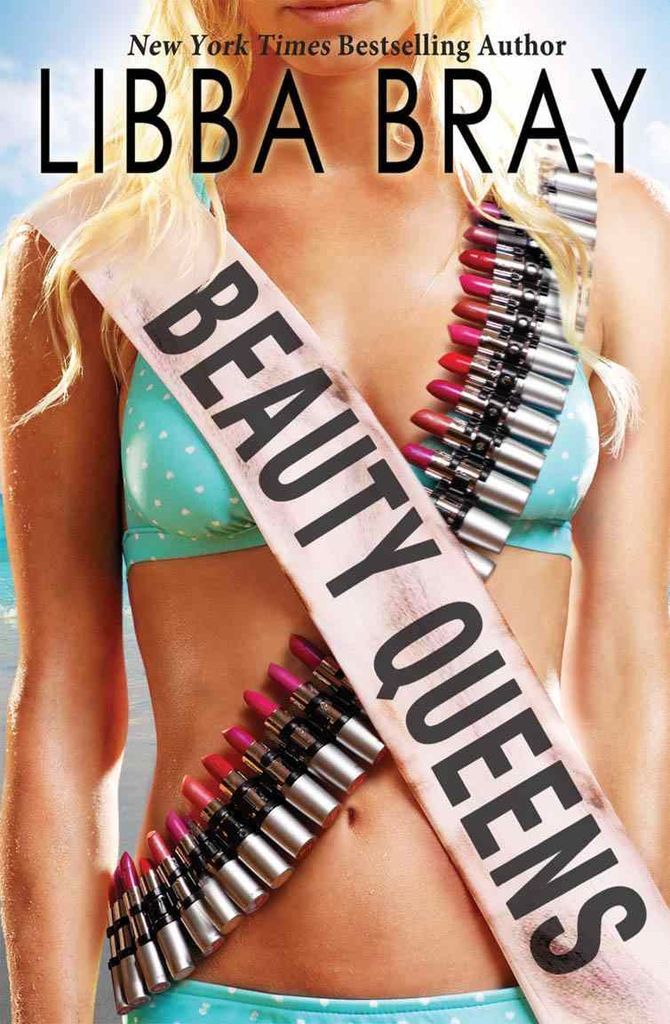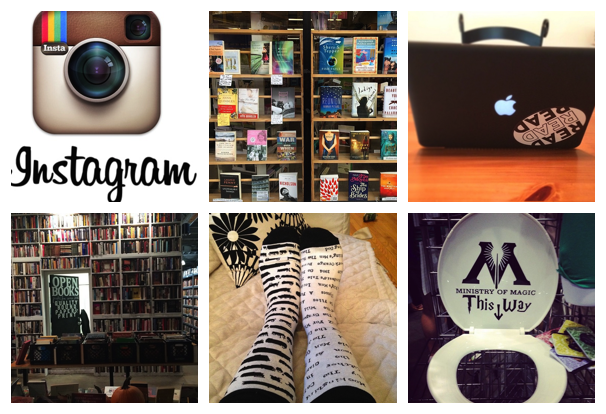
4 Ways Readers Can Make Publishing More Equal
Publishing house And Other Stories has vowed to only publish female authors for a year after The Guardian‘s Kamila Shamsie challenged publishers to address gender bias in the literary world. Along with Shamsie’s provocative words was the shocking (yet predictable) statistic that only 40% of books submitted to the Booker prize over the past five years were by women.
I truly identify with Shamsie’s proposal and I am happy that And Other Stories has taken up the challenge (and have my fingers crossed so that other publishing houses take up the challenge). It’s exhausting to live in a world where stories about men are the only ones that matter or that are worth paying attention to, in a world where women’s journeys are considered trivial and silly.
However wonderful this is, I believe there are other ways to tackle inequality in publishing that fall into the hand of the consumers. Here are four things book readers can do to make things more equal in literature
1. Be aware of gendered book covers… and embrace them
We can say “Don’t judge a book by its cover” all we want, but we all know how important a cover can be to the reader when choosing what their next book will be. Unfortunately, this means that book covers can be gendered which can ward off any reader that despises femininity or women-centered stories. Pink, girly and flowery says absolutely nothing about content though.

So next time you are recommended a book and your immediate response to a ‘girly’ looking cover is a negative one, fight it off!
2. Make 2018 YOUR year of women
In 2014, The Guardian launched the #readwomen2014 project, originally inspired by Lillit Marcus’ personal project of only reading women-authored books for a year. But why stop with 2014? Maybe we should vow to only read women every four years, like a bookish sports event. If And Other Stories can do it, so can you!
3. Don’t forget that women aren’t the only ones being under-represented in literature
An informal survey conducted by Roxane Gay revealed that nearly 90% of books reviewed by The New York Times were written by white authors. This statistic is way too high for it to be ignored. Equality is about much more than gender, so seeking out books by people of color is as important as seeking out books by women. Also, if bookshops start getting requests for a more diverse pool of writers, maybe they will soon become more diverse.
Perhaps 2016 should be the year of the #readpeopleofcolor project!
4. Call out the media as often as possible
The Guardian might seem like the poster media outlet for diversity and gender equality, but according to a study by FicShelf, 85% of The Guardian’s 100 Greatest Novels of All Time were written by men. And this is often the case with media outlets: diversity and feminism might have infiltrated a few opinion sections but it takes a long time for publications to embrace these ideas completely. Calling out publications for lacking diversity or gender equality is extremely important when The New York Times can lack so much self-awareness in 2015 that they publish a summer list with 100% white authors. And calling them out is up to us bookworms, in the constant search for a more diverse, gender-equal publishing industry.
____________________
We run a pretty sweet little bookish Instagram account, if we do say so ourselves (and we do). Come check it out.












